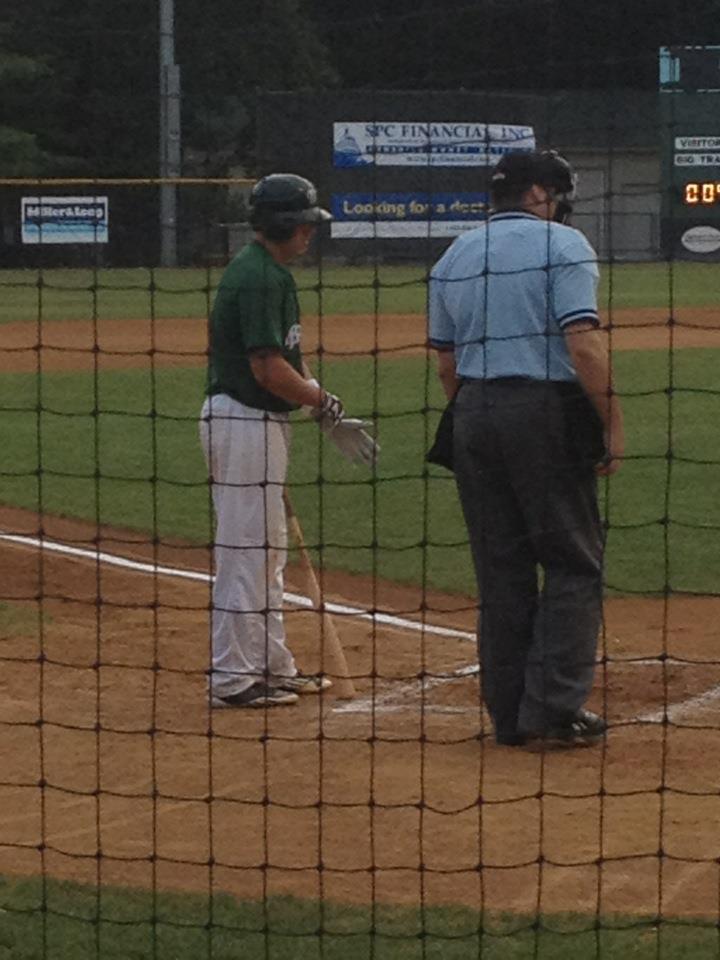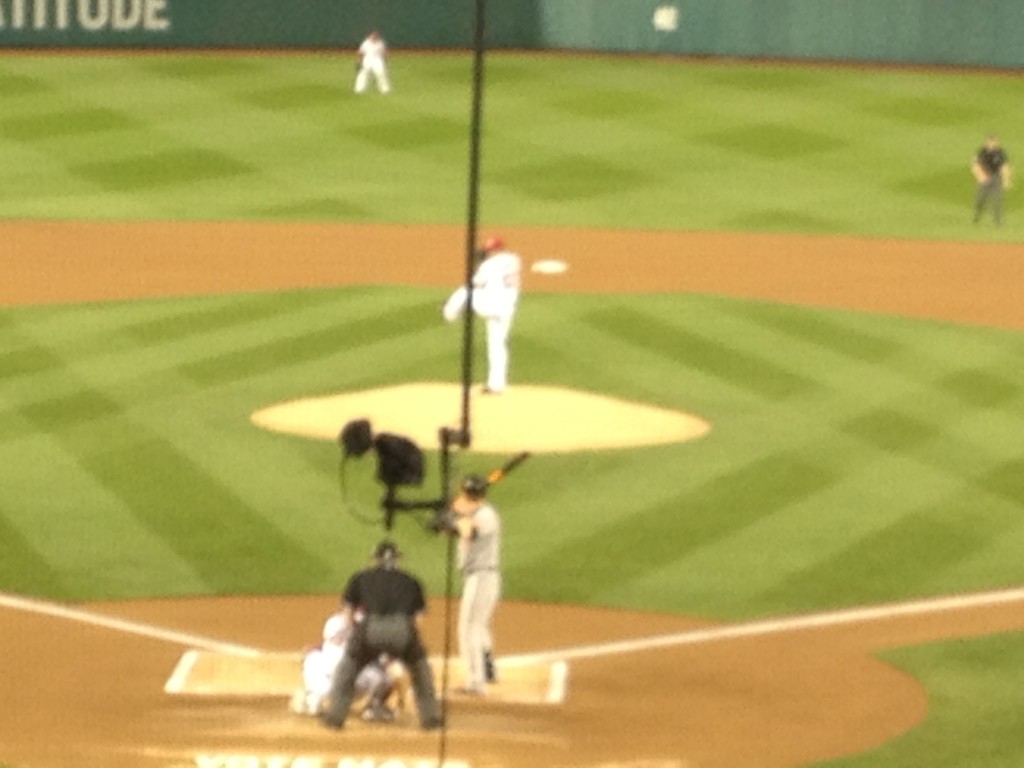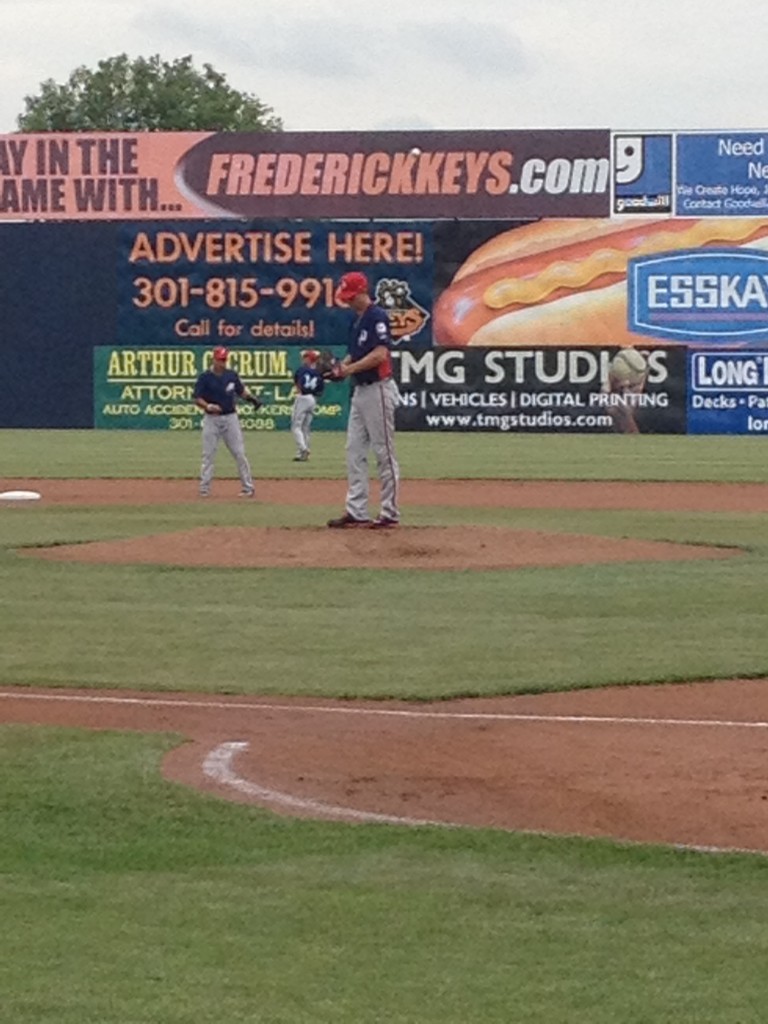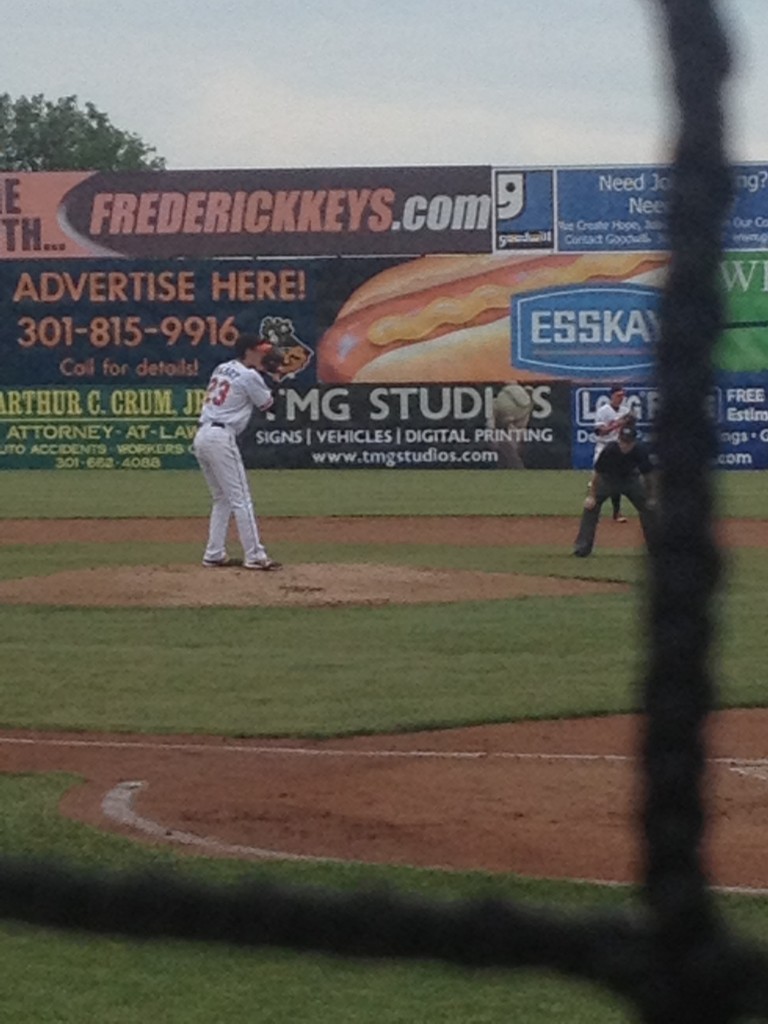Hooray… MLB Draft week has finally arrived! While the day pitchers and catchers report to Spring Training and Opening Day are bigger highlights on the baseball calendar, no other time of year gets me more excited than draft week. Certainly much of this comes from my inner desire to be a baseball scout, but as we have witnessed over the past 5-10 years, the organizations that happen to draft the best, like San Francisco, St. Louis, and Washington, tend to also have success at the major league level.
In my annual NatsGM MLB Draft Preview pieces this year (sponsorship opportunities available), I have tried to highlight a few of the players that should be drafted early on Day 1 of the draft. This is primarily because the Nationals forfeited their 1st round selection by choosing to sign reliever Rafael Soriano this off-season, and attempting to pinpoint the Nationals possible selections at selection #68 is quite difficult. Of course this will not stop me from trying to do so later this week.
Below are a few scouting reports on some of the bigger names in the 2013 Draft. Obviously there are plenty of 1st round prospects I have omitted that will be selected on Thursday, but I have only chosen to write about players I have seen multiple times over their careers and can properly give a somewhat educated opinion.
Hitters
Kris Bryant 3B University of San Diego
A polished high floor collegiate bat, Kris Bryant has some of the best power in the draft. A massive kid with room to add strength, Bryant likely will move to right field professionally, where his strong arm, good instincts, and decent athleticism should let him be a solid fielder. But make no mistake, the team that drafts Bryant is expecting most of his value from his bat, which could settle in as a .280 hitter with 30-35 home runs, albeit with plenty of strikeouts as well. Bryant is a very solid prospect who could reach the majors quickly, and is likely to be chosen in the Top-5.
Colin Moran 3B University of North Carolina
A proven college hitter with a strong track record of success at North Carolina and last summer in Cape Cod, Moran has one of the best swings in this draft, with a strong hit tool and some power. On defense, Moran has a strong arm and reasonable athleticism, meaning he should be able to stay at third base as a professional. The only below-average skill he might have is below-average speed, but his relatively high floor, combined with his potential to hit .300 with 15-20 home runs at his peak should find him off the board in the Top-10.
Austin Meadows OF Georgia HS
What an athlete! Imagine the ideal high school baseball athlete and there is an excellent chance he looks like Austin Meadows. Meadows is a big kid with outstanding speed and enough arm strength to stay in center field professionally. With a quick, compact left-handed swing and a feel for the strike zone, scouts do not question his hit tool much, pretty surprising for a high school kid; however, some scouts question if he will grow into his power as he ages, as he is already fairly physically mature. That said, Meadows has the potential to be an asset defensively in center and slightly above-average offensively at his peak, which gives him an all-star ceiling if things come together. I really like this young prospect.
Clint Frazier OF Georgia HS
A member of the same travel team as Meadows and nearly neighbors in nearby Georgia towns, Frazier and Meadows have spent most of the past two years jockeying for position as the top high school hitter in this year’s draft. Though both Georgia high school outfielders, this is about where the comparisons end, as Frazier is nearly physically mature as seen by his thick, powerful, almost amateur wrestler-like frame. Frazier has good speed and a decent arm, but most scouts assume he will eventually end up in left field, though likely as an asset defensively.
But teams are not necessarily interested in Frazier for his speed or defense, they are enamored with his jaw-dropping bat speed and the power he generates with his wrists. Even a complete baseball novice would notice how quickly Frazier can swing a bat. Although Frazier is still a high school outfielder, his short, compact swing should allow him to move fairly quickly through a farm system. Frazier has rare bat speed and the potential to hit for 30+ home runs at his peak, and he should be off the board in the first 7-10 picks on Thursday.
Austin Wilson OF Stanford University
A top high school hitter in the 2010 draft, Wilson had a known strong college commitment to Stanford, which explains why he fell to St. Louis in the 12th round. Based on talent, he likely would have been taken in the top-20. Nevertheless, Wilson attended college and three years later scouts see much of the same talent, a massively built man with the athleticism and arm to play right field well as a professional, and the raw power to hit 25+ home runs a year. Wilson does have questions about his hitting, as his swing is not particularly polished for a college hitter, which causes him to strike out far too often. Scouts fear this could hold him back as he faces better quality pitching, but with the dearth of power in professional baseball today and few questions about his future defensive position, expect Wilson to be taken Thursday evening, possibly in the first 20 selections.
My Favorites
While neither of these players are unknown to scouts and college baseball enthusiasts, the two players below are prospects that I particularly like.
Michael Lorenzen OF/RHP Cal State Fullerton
Many scouts prefer Lorenzen as a pitcher, as he has acted as his team’s closer the past two seasons and can reach 97mph off the mound, however, his above-average speed, solid instincts, and powerful, cannon-like throwing arm make him an outstanding potential center fielder with a bit more polish. In addition, Lorenzen has average or slightly better power and a reasonably quick swing. However, his swing needs plenty of refinement and he strikes out far too often, leading many scouts to question if he will make enough contact to allow his other skills to shine.
If he can make a few adjustments at the plate (IF), Lorenzen is a potential gold-glove centerfielder with some pop – think a poor man’s Mike Cameron. If the scouts are correct and the contact issues are too much to overcome, it should not take much to convert him to a power reliever, and an asset to most any bullpen. He will probably be drafted later on Thursday in the supplemental 1st round or the early 2nd round, and I think the team that pulls the trigger will look very smart in a few years.
Hunter Renfroe OF Mississippi State University
A star for the Bethesda Big Train of the local Cal Ripken summer league the past two summers, there is no college player I have watched more closely than Hunter Renfroe, and I am convinced he is going to be a solid to excellent major leaguer. He began the year as a 2nd-4th round pick according to scouts, but with a breakout junior season combined with the dearth of college hitters in this year’s draft, Renfroe is now comfortably mentioned as a 1st day draft pick.
A strong, physical athlete with good speed and a strong arm, Renfroe has played many positions the past few years, as I have seen him at catcher and all three outfield positions, but he should comfortably slot in right field as a professional. While he should be an asset defensively, teams will be drafting Renfroe for his relatively short, compact swing, fast bat speed, solid approach at the plate, and potential to be a .275 hitter with 20-30 home run power in his prime. Personally I would develop Renfroe as a catcher, as his agility and arm strength made him a very interesting catching prospect and his potential as a hitter could make him an all-star in a few years. That said expect him to immediately move to the outfield in order to expedite the development process and get his bat to the big leagues. Either way, Renfroe is an outstanding hitter, an even better young man, and one of my favorite hitters in this year’s class.




